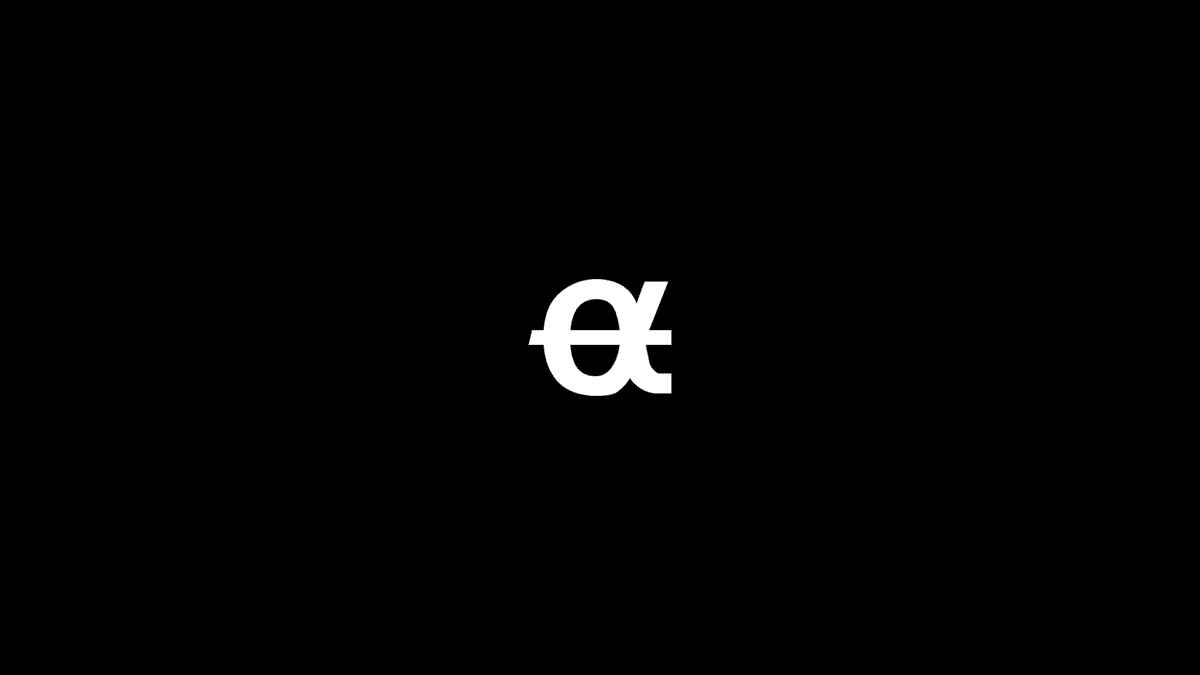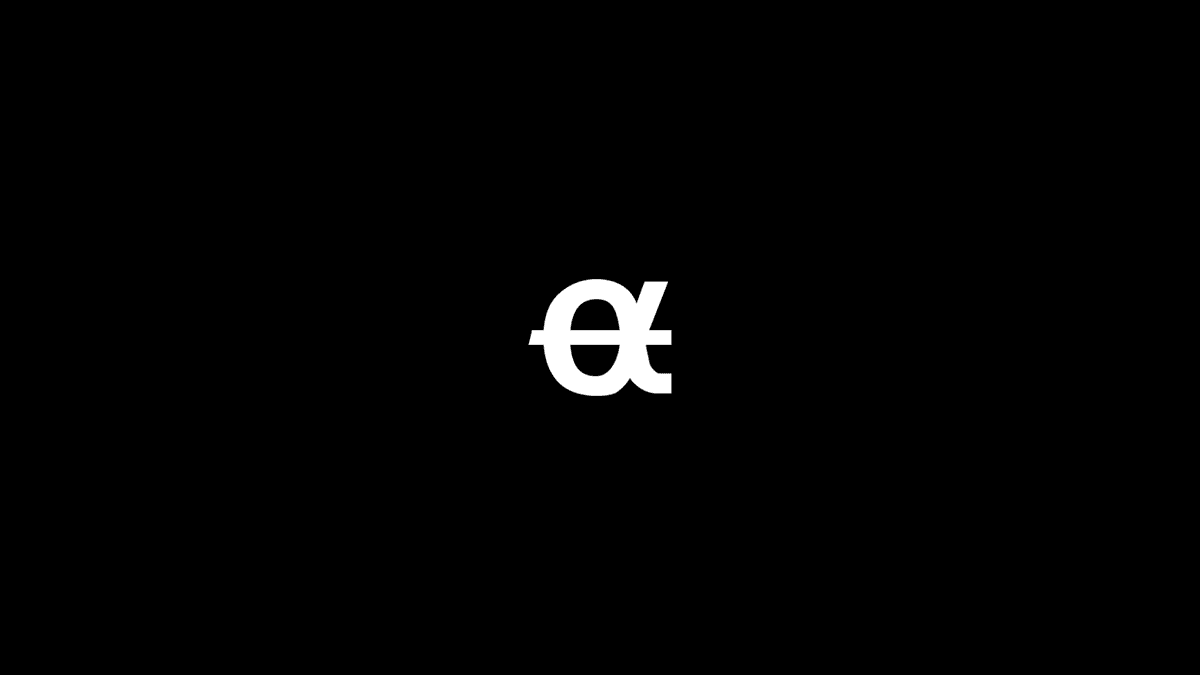Key Takeaways
- Decentralized Derivatives Clearing: Autonity reimagines derivatives markets by offering a decentralized Layer 1 platform for transparent and equitable trade execution and price discovery.
- Smart Contracts for Clearing: It leverages Decentralized Clearing Contracts (DCCs) to enable permissionless settlement of trades.
- Real-World Asset Prediction: Autonity supports markets for betting on real-world events like inflation and GDP.
- Innovative Tokenomics: The ecosystem uses ATN, NTN, and LNTN tokens for governance, staking, and clearing.
An Introduction to Clearing and Settlement and Derivatives Contracts
To fully understand the Autonity platform and its intended uses, it is important to be familiar with the basics of clearing and settlement in financial markets. Clearing is the process that allows all matching buy and sell orders (existing trades) to settle as needed, while settlement is the correct and timely transfer of funds between transacting parties (often after trade finalization or asset transfer).
Typically, in traditional finance (TradFi), the clearing process is facilitated via an entity (usually a clearing house, market maker, or exchange) that acts as an intermediary between the buyer and seller. This is especially important because it provides a more streamlined market for all involved, enabling seamless value transfer between exchanging parties.
When trades are not settled in a timely and correct manner, it can cost market participants capital because of slippage, incorrect purchasing, immediate asset price changes, and other factors. The clearing process also protects all participants by recording and validating the availability of funds so the system works as intended.
In its simplest form, a derivative is an asset that derives its value from an underlying asset or financial instrument. One example would be a tokenized crypto asset that represents the real-time price of an actual Tesla stock at a 1:1 ratio.
Derivatives can represent nearly any type of financial instrument imaginable, including equities (stocks), commodity-backed assets (e.g., gold or silver), leveraged derivatives, currency baskets (tradable indexes composed of several assets), bonds, forex, and much more.
Derivatives contracts generally represent leveraged instruments in the form of futures or options contracts and other similar mediums. This dramatically increases their potential risks and rewards for traders (the higher the leverage used, the higher the risk, meaning the higher the reward).
In both TradFi and crypto, derivatives are used to mitigate risk (hedging) or assume risk with the expectation of profit (speculation). Though difficult to comprehend, the global derivatives market is valued at about 1 quadrillion US dollars in notional value, so it makes sense to tap into what is considered by many to be a significant opportunity moving forward.
Autonity is focused on democratizing the accessibility to derivatives by ensuring the clearing and settlement process for all market participants are equitable and transparent. Sadly, the clearing and settlement processes in crypto have improved in recent years, but still present a host of inefficiencies. Autonity was built to solve these issues.
Autonity: Democratized Risk Speculation via Smart Derivatives
Autonity is a Ethereum-compatible Proof-of-Stake (PoS) blockchain built as a foundational layer for the decentralized clearing of smart derivatives contracts.
The Autonity platform is designed as a framework for balancing risk speculation by offering the accessibility to various tradable smart derivative products, with the goal of creating a decentralized ecosystem (whether for speculation or hedging) that facilitates trade execution and price discovery for all market participants in an equitable manner.
Risk is arguably the most important commodity in existence, all market participants take on risk, but not all want to be exposed to it, meaning that value is realized when risk can be transferred between a marketplace of buyers and sellers.
Unfortunately, the accessibility of tradeable risk in TradFi markets is severely underserved and DeFi derivatives services are predominantly confined to underlying crypto assets (e.g., commodities, intangible assets, artwork, and real estate).
Sadly, the current DeFi market structure for derivatives offerings is hindered by the widespread usage of a TradFi futures exchange model whereby derivatives exchanges are interconnected with their corresponding on-chain clearing mechanisms.
This structural model results in the prevalence of fragmented liquidity throughout various pools of open interest (the number of outstanding derivatives contracts for a specific asset that have yet to be settled) within the same product offerings, preventing ecosystems from increasing market liquidity to meet potential demand.
Autonity solves these challenges via its decentralized Layer 1 blockchain. More specifically, for smart derivatives products on Autonity, the provisioning of multiple trading protocols and execution configurations allows for the submission of trade executions for clearing within the same pool of open interest, resulting in a fully decentralized ecosystem of price discovery and trade execution via an interconnected market of off-settable positions within smart derivatives products.
History and Background
For many years prior to the founding of Autonity in 2022, its parent entity Clearmatics focused on the development of peer-to-peer (P2P) infrastructure for the exchange of tokenized value (think decentralized trading and settlement infrastructure). This model was coined by Clearmatics as distributed Financial Market Infrastructure (dFMI) to refer to the all-encompassing technology required to build decentralized blockchain networks focused on financial services.
Clearmatics was founded by Chief Executive Officer Robert Sams and boasts a team of 30 to 40 members including Chief Business Officer Samir Khosla, Chief Of Staff Florian Friedrich, Head of Partnerships Tim Swanson, and Head of Engineering Aiman Baharna, among others. Though separate entities, the Clearmatics team is essentially the same team focused on the development of Autonity.
More distinctly, Clearmatics was established in London in 2015 and is also a partnership entity of Fnality International, a UK company focused on the development of similar types of financial market infrastructure technologies. Fnality and Clearmatics went on to help found the Utility Settlement Coin (USC) project in 2019, a consortium focused on “the creation of a peer-to-peer digital cash asset to settle tokenized transactions with finality.”
To support this initiative, some of the world's largest banks and financial service providers — including Nasdaq, Barclays, and UBS — provided an investment of £50 million for Fnality International to develop USC, an asset-backed digital cash instrument built using distributed ledger technology. This partnership marked a significant milestone in the commercial stage of a process initiated back in 2015 when Clearmatics introduced the idea of a Utility Settlement Coin model for international cross-border settlements.
The USC consortium is focused on the development of a system that allows for the transfer, use, and exchange of value in multiple currencies to help eliminate fragmented liquidity in enterprise and government value exchange systems.
The project also aims to provide blockchain infrastructure that is fully interoperable amongst numerous system types to support payment versus payment (PvP) or delivery versus payment (DVP) financial transaction settlement requirements. In addition, they envisioned USC as a digital representation of money that could be held by central banks, ensuring the reliability of its value in a similar manner to fiat currencies.
Though not 100% related to Autonity, technologies such as those discussed above have a strong correlation with decentralized derivatives marketplaces and the continued clearing and settlement requirements needed by various types of blockchain and non-blockchain network infrastructures.
For several years, Clearmatics and Fnality International have built a strong relationship with the Ethereum Foundation, becoming an active member of the Enterprise Ethereum Alliance (EEA), a consortium consisting of several for-profit and non-profit entities (including the Ethereum Foundation, Consensys, Chainlink, Ernst and Young, JP Morgan Chase, and others), focused on the acceleration of Enterprise Ethereum adoption.
It should also be noted that Clearmatics and Fnality have also spent several years working on the development of numerous technologies including a zk-SNARK-focused implementation of Zerocash on Ethereum called Zeth and a privacy and interoperability-focused endeavor called ZION, among others.
Use Cases
The Autonity platform is meant to address the challenges that those focused on the development of equitable blockchain-enabled decentralized marketplaces face. This includes the creators of quantitative trading strategies, data scientists, mechanism design professionals, and services providers for derivatives trading and investment platforms.
Autonity compliments its decentralized derivatives markets and independent marketplace creation architecture using Decentralized Clearing Contracts (DCCs). DCCs are specialized smart contracts that enable the clearing and settlement of trading and exchange data for users in a permissionless and censorship-resistant manner through different blockchain systems.
Autonity is also focused on the development of derivative market infrastructure for real world asset (RWA) predictions such as inflation, Gross Domestic Product (GDP), and other macro- and micro-related data-sets. This could allow for the ability for traders to bet on the future prices of many real-world instances coming to fruition, representing an underserved market at this time.
Relatedly, the Autonity platform is being groomed as a derivatives platform that offers two distinct exchange offerings, the Decentralized Auton Exchange (DAX) and the Centralized Auton Exchange (CAX). This structure will offer users the best of both worlds for derivatives trading and investing using a centralized decentralized approach.
In the bigger picture, Autonity is meant to function as a decentralized derivatives framework for borderless markets by serving participants in multiple currency areas. Autonity is built to address the risk of unwanted foreign exchange in these markets by merging innovation in unit-of-account and stabilization mechanism design, allowing for the development of new marketplaces (via independent protocols and applications built on Autonity) without the limitations of fiat-pegged stablecoins.
Autonity Tokenomics Explained
The Autonity ecosystem makes use of three main token types that work together to ensure the operational efficiency of the Autonity ecosystem and its underlying blockchain. These include:
- Auton (ATN): The auton ecosystem token (ATN) is the native coin of account used on Autonity networks (the Autonity platform is able to host numerous derivatives marketplaces concurrently) and is used to pay on-chain transaction fees. ATN employs the Auton Stabilization Mechanism (ASM) to maintain a stable price in a manner comparable to various algorithmic stablecoins, with one main caveat: the price of auton is not pegged to a specific asset, instead being pegged to a specialized currency index composed of seven fiat currencies.
- Newton (NTN): The newton token (NTN) helps fulfill numerous purposes on the Autonity protocol, including for the provision of network validator staking rewards (which are distributed in ATN at the end of each consensus round) required to secure the underlying network. NTN can also be used as collateral in a specialized smart contract to borrow auton (ATN) through CDPs. On Autonity, depending on its utility at the time of use, NTN can be represented in three states: bonded, unbonding, and unbonded.
- Liquid Newton (LNTN): The liquid staking version of the NTN governance token, liquid newton (LNTN) is provided as collateral as a liquid receipt token representing deposited (staked) NTN tokens within Autonity liquidity pools. The LNTN token is minted (created) and burned (destroyed) during the delegator staking and unbonding process. Liquid newton is validator specific, meaning that within its validator it has its own market price and isn’t fungible across several validators. LNTN comes in two states on the Autonity protocol: locked and unlocked.
Autonity Governance
At genesis, Autonity governance will be managed solely on-chain via the Autonity Protocol Contract, allowing the Autonity network to dynamically evolve over time. However, as the project experiences greater adoption, some Autonity governance processes may be completed off-chain.
Although all governance parameters are set prior to mainnet launch, the Autonity Protocol Contract allows for the modification of various on-chain mechanisms that control the governance configurations of the Autonity network. These include system protocol parameters that are modifiable in the following areas:
- Stake delegation unbonding period (the waiting period required to remove staked tokens from a validator)
- Minimum base fee required to submit transactions to the network
- Consensus committee size (changing the size of the validator set) and block epoch period (changing the length of each consensus round)
- Governance operator account address (the master control address for protocol governance)
- Protocol treasury account address for the management of community funds and treasury fees (the master control address for network treasury management)
- Currency pair set changes that determine which median price data is provided by the oracle network (changes which fiat currencies are uses to obtain median oracle price feed data)
Though not involved in governance per se, the Autonity Protocol Contract is also responsible for modifying state finalization and invoking the Accountability Contract that doles out slashing penalties to consensus committee validators.
In addition, at the end of each consensus round, the Autonity Protocol Contract oversees the distribution of staking rewards to the Autonity treasury, committee member validators, and stake delegators.
Further, the Autonity Protocol Contract is in charge of applying staking transitions during the bonding and unbonding periods for staked assets, applying pending validator commission rate changes, and selecting new consensus committee members (active validators) for the upcoming epoch.
Lastly, the system is responsible for selecting which validator-hosted oracle voters (via the Oracle Contract) will be used to maintain median asset pricing data in the next oracle voting round.
Compliance and Regulations
Because of its intended uses for smart derivatives clearing and derivatives marketplace creation, the Autonity ecosystem may be susceptible to some regulatory concerns moving forward. Case and point, the recent crackdown by the US government and other government agencies globally. This does represent a challenge and it may mean that DeFi protocols like Autonity could continue to be targeted.
One of the main reasons for this is because Know Your Customer (KYC) processes are not mandatory on all DeFi protocols (in fact, very few use KYC at all), meaning users are more easily able to conceal their identities. Not surprisingly, this practice is not something regulators are keen on because of potential user tax avoidance and other reasons.
This could mean that overreaching and inequitable legal frameworks that blockchain companies must adhere to could cause some companies to move overseas or be shut down. What’s more, those concentrated on the derivatives niche could face backlash because of the sometimes precarious nature (high risk, high reward) of derivatives trading.
Thankfully, Autonity was founded in Europe and operates in the European Union where crypto and blockchain regulation is more progressive, as evidenced by the October 2022 acceptance of the Markets-in-Crypto-Assets (MiCA) bill. It should be noted however, that if a European entity is offering services in nations globally where Defi is not allowed, challenges and issues could present themselves.
That said, if the founders of Autonity work with regulators in a manner that supports the interests of all involved and don’t operate in jurisdictions where they’re not allowed, the platform should have minimal issues adhering to proper regulatory and compliance guidelines globally. This is especially true because of the project's strong standing with 20 international banking establishments via their long-term partnership with Clearmatics and Fnality.
With the upcoming acceptance of the bitcoin spot ETF and the fact that beginning in 2025, central banks around the world will be able to hold up to 2% of their balance sheet in crypto, it seems inevitable that more equitable and progressive regulatory guidelines will soon be put in place in many jurisdictions. This is especially bullish for Autonity and all crypto and blockchain projects moving forward. Make no mistake however, Autonity and others could face their fair share of challenges in this regard.
Resources
The information provided by DAIC, including but not limited to research, analysis, data, or other content, is offered solely for informational purposes and does not constitute investment advice, financial advice, trading advice, or any other type of advice. DAIC does not recommend the purchase, sale, or holding of any cryptocurrency or other investment.


